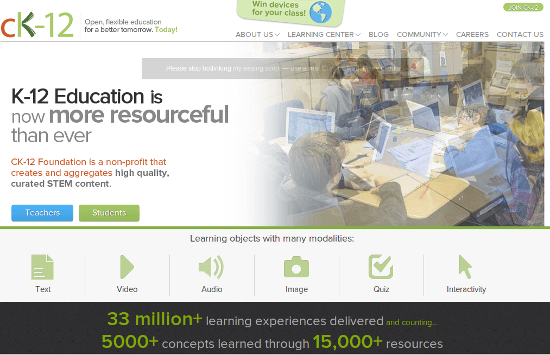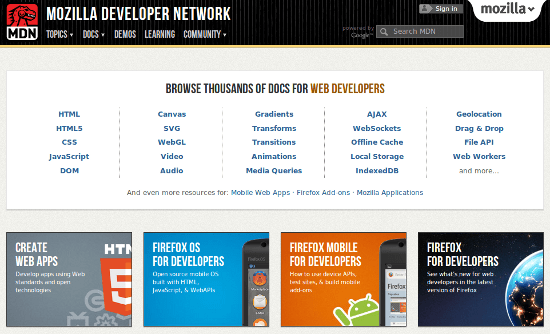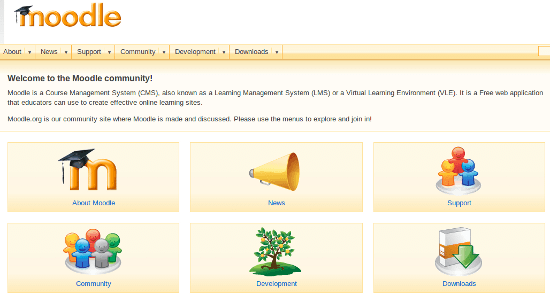
In today’s digitized business environment, providing top-notch customer service is paramount. As competition intensifies, businesses prioritizing customer satisfaction invariably gain the upper hand. This is where the role of proficient customer support tools becomes crucial.
Customer support tools are more than just mechanisms to facilitate customer interaction. They have transformed into crucial game-changers that drive businesses toward operational efficiency, superior customer service, and enhanced profitability. Below are some of the primary benefits that these tools offer modern businesses.
Streamlined Customer Interaction
Efficient customer support tools help businesses to simplify the process of responding to customer queries. With automated response and ticketing systems, your customer support team can manage a large volume of customer interactions with greater efficiency. This approach boosts customer satisfaction levels, fostering stronger trust and loyalty.
Insightful Data Analysis
When it comes to big data, customer support tools offer invaluable insights. By analyzing a myriad of customer interactions, these tools deliver crucial information on customer behavior, needs, and preferences. This data enables businesses to tailor their products and marketing strategies more effectively, fostering customer retention and business growth.
Enhanced Customer Experience
With diverse tools ranging from live chat to AI-driven virtual assistants, customer support tools facilitate real-time, personalized customer interaction. They offer customers instant and comprehensive support, significantly enriching their experience and boosting loyalty.
Boosting Productivity
Customer support tools alleviate the pressure on your service staff by automating routine tasks and managing customer interactions more efficiently. This streamlined process bolsters productivity and team morale while enhancing customer service quality.
Cost Saving
A strong customer support tool can result in notable cost savings over time. Through efficient workflows and reduced time spent on dealing with customer interactions, an intercom alternative delivers more significant productivity at a reduced cost. The increased customer satisfaction and loyalty generated also lead to stronger profitability, making it a worthwhile investment.
24/7 Support
In the global business landscape, customers expect constant support. To meet these expectations, customer support tools integrate AI-powered chatbots and automated response systems. This level of accessibility significantly boosts customer satisfaction and bolsters your brand’s credibility.
Gaining Competitive Advantage
Ensuring superior customer support is an effective strategy for gaining a competitive advantage. Through swift, personalized, and efficient customer service, customer support tools empower your business to differentiate itself and rise above the competition.
How to Choose a Customer Support Tool
A wide selection of customer support tools is available. Unfortunately, most of these tools in the market today are expensive and bloated. Still, we have intercom alternatives that are revolutionizing customer support, minus the high price tag, but you have to choose right. To maximize customer satisfaction in your business, consider the following factors when choosing a customer support tool.
- Functionality and Features: Ensure the tool offers the necessary features such as live chat, ticketing, integration with other platforms, automation, etc.
- Ease of Use: A user-friendly interface aids effective utilization by your staff, ensuring a smooth process.
- Scalability: Your customer support needs will evolve as your business grows. So, choose a tool that can scale along with your business.
- Pricing: Consider the pricing structure of the tool and ensure it fits within your budget without compromising essential features.
- Customer Reviews and Reputation: Look at user reviews and the tool’s reputation in the market to understand its worthiness.
Frequently Asked Questions (FAQs)
1. Why are customer support tools essential for modern businesses?
Customer support tools play a crucial role in enhancing customer satisfaction, driving operational efficiency, and ultimately boosting profitability. In today’s competitive business landscape, prioritizing customer service provides a significant advantage.
2. How do customer support tools streamline customer interaction?
Efficient customer support tools, including automated response and ticketing systems, simplify the process of responding to customer queries. They enable businesses to manage a large volume of interactions with greater efficiency, fostering trust and loyalty.
3. What insights can businesses gain from using customer support tools?
These tools provide invaluable insights through data analysis of customer interactions. Businesses can understand customer behavior, needs, and preferences, allowing for more effective tailoring of products and marketing strategies, leading to customer retention and growth.
4. How do customer support tools enhance the customer experience?
Customer support tools, such as live chat and AI-driven virtual assistants, facilitate real-time, personalized interactions. They offer instant and comprehensive support, significantly enriching the customer experience and fostering loyalty.
5. How do customer support tools contribute to cost savings?
Efficient workflows and reduced time spent on customer interactions lead to notable cost savings. Investing in a robust customer support tool not only improves productivity but also generates increased customer satisfaction and loyalty, resulting in stronger profitability.
6. How do customer support tools provide 24/7 support?
Customer support tools integrate AI-powered chatbots and automated response systems, ensuring constant accessibility. This level of support meets global customer expectations, significantly boosting satisfaction and enhancing the brand’s credibility.
7. How can businesses gain a competitive advantage through customer support tools?
Superior customer support, facilitated by efficient tools, serves as a strategic advantage. Swift, personalized, and efficient customer service differentiates a business and positions it above the competition, ultimately contributing to sustained success.
8. What factors should businesses consider when choosing a customer support tool?
When selecting a customer support tool, consider factors such as functionality, ease of use, scalability, pricing, and customer reviews. Ensuring the tool offers necessary features, is user-friendly, scalable with business growth, fits the budget, and has a positive reputation in the market is crucial for making an informed decision.
9. How do customer support tools contribute to boosting productivity?
Customer support tools automate routine tasks and manage customer interactions efficiently, reducing the workload on service staff. This streamlined process not only enhances team productivity and morale but also ensures the delivery of high-quality customer service.
10. Can customer support tools be customized to meet specific business needs?
Yes, many customer support tools offer customization options to cater to the unique requirements of different businesses. Businesses can tailor features, workflows, and integrations to align with their specific customer service strategies, making the tool adaptable to diverse industries and business models.
The Final Word
Indeed, customer support tools have become indispensable in the current business environment. Their incredible benefits make them a central component of any effective business strategy. With the pace of technological advancement accelerating daily, the importance of these tools is set to grow exponentially. Therefore, investing in a strategic customer support tool today can propel your business toward continued growth and success in the digital age.
Featured image by Hannah Busing on Unsplash
The post The Game-Changing Benefits of Customer Support Tools for Modern Businesses appeared first on noupe.




























